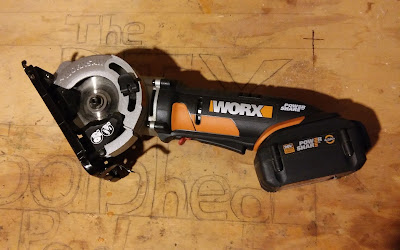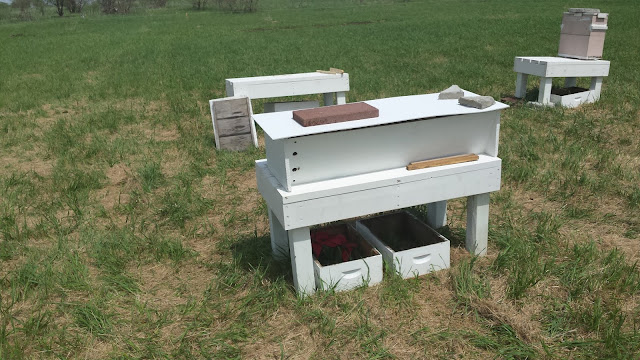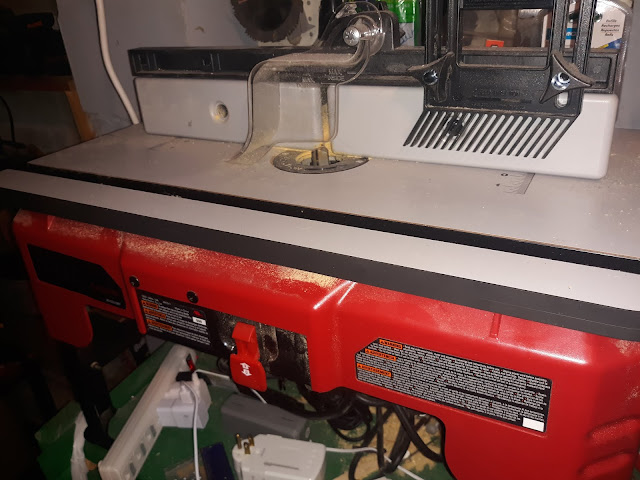Tool Potential...A compact circular saw?

Tool potential. One of the things I think is important is to provide tool reviews that give realistic ideas on how well a tool works not only in general but in context of different environments and use cases. What may be a less than ideal tool in one environment may be quite useful in another. Use case is also relative and important. Not every person uses a tool exactly the same way depending on the materials involved and tasks at hand. But not every tool is marketed as clear?my as we'd like. They don't always provide clear use cases. It would really help to know what it is intended to do. What purpose does it primarily serve? Based on that knowledge, we can extrapolate from there into new areas. The question hopefully being answered in this type of article is, "What is it's tool potential?" So this is not a performance review of a specific brand or model of a compact circular saw. No, no. This is a use case review. This is a look into what purpose does

